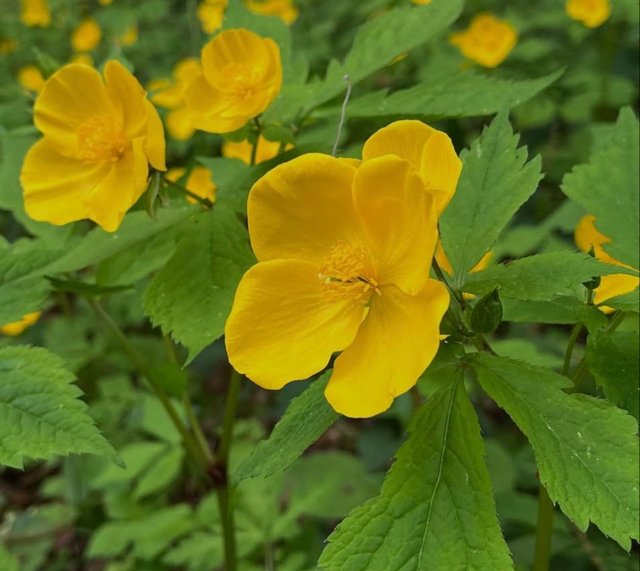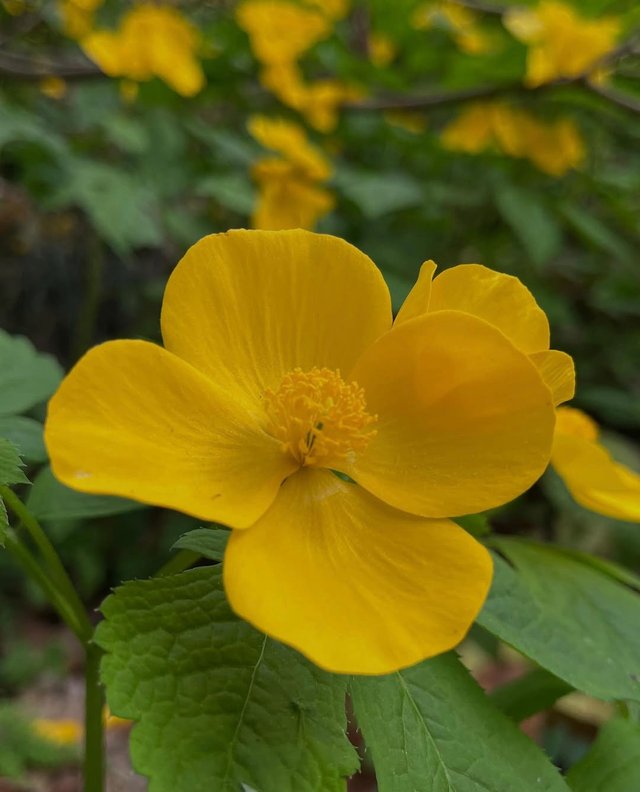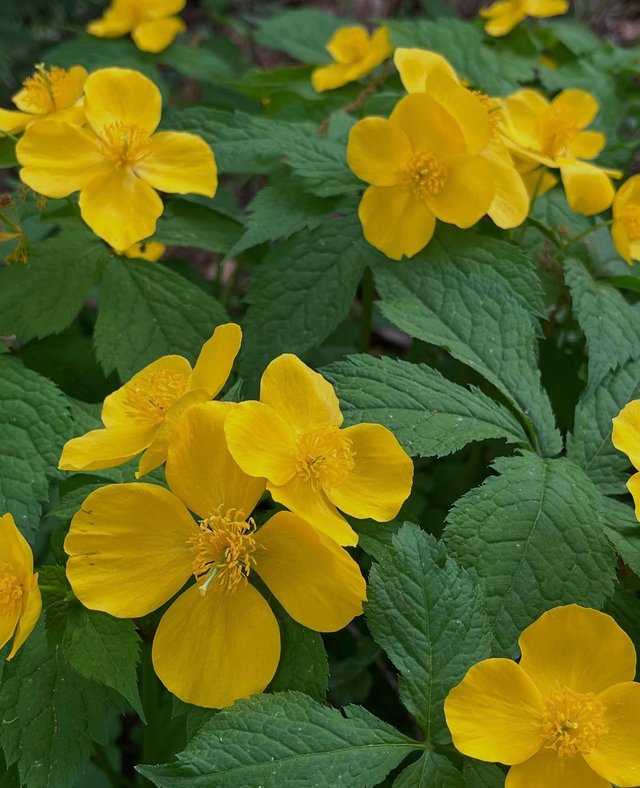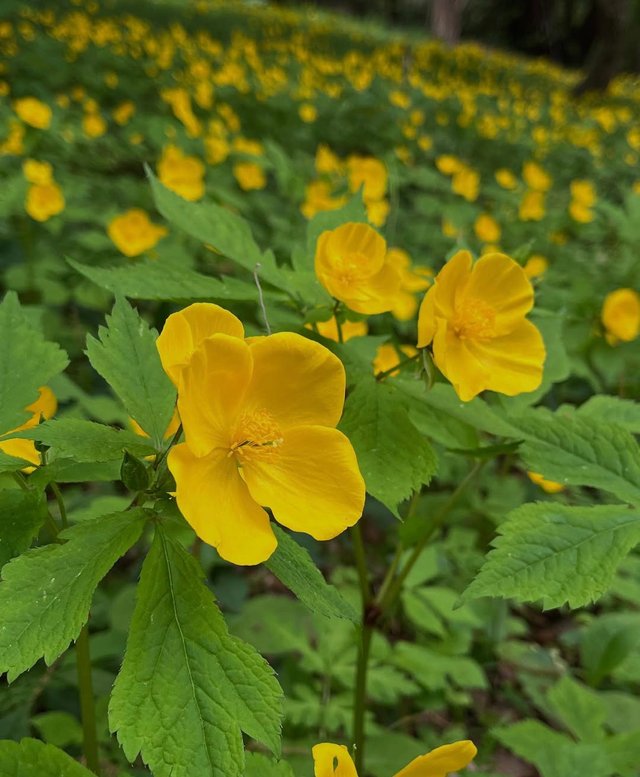



Amid the lush greenery of East Asian woodlands, a small but radiant flower quietly graces the forest floor: the Hylomecon. Sometimes called the Forest Poppy, Hylomecon vernalis is a delicate and charming plant that offers a glimpse of spring's return in some of the world's most beautiful temperate forests.Though far less known than its more famous cousins like the Oriental poppy (Papaver orientale), Hylomecon has a quiet beauty and botanical significance all its own, embodying resilience, simplicity, and the untamed spirit of nature.
Common Names: Forest Poppy, Spring Hylomecon
Family: Papaveraceae (the poppy family)
Native Range: Northeastern China, Korea, Eastern Russia, and JapanGrowth Habit: Hylomecon is a low-growing, herbaceous perennial. It forms small, spreading colonies through rhizomes (underground stems), making it a wonderful groundcover plant in shaded areas.The plant has attractive, divided leaves with toothed margins. They are often a fresh, vibrant green — a perfect contrast to its golden flowers.The most striking feature is its bright yellow, poppy-like blooms. Typically, each flower is about 4–6 cm across, with four simple, slightly crinkled petals surrounding a cluster of bright yellow stamens. The flowers appear singly on slender stems in early spring, often among the first to bloom after snow melts.
Early to mid-spring (March–May), depending on local climate conditions.Unlike many members of the poppy family, Hylomecon thrives in damp, shaded woodland environments, rather than dry, sun-baked fields. It prefers moist, rich soils and cool conditions, making it an excellent plant for shady gardens.Its rhizomatous growth allows it to slowly spread and naturalize in favorable conditions, forming cheerful yellow carpets under trees and along forest paths.In its native ecosystems, Hylomecon vernalis plays an important role as an early food source for pollinators like bees emerging from winter dormancy. Its bright flowers stand out in the relatively barren early spring landscape, providing crucial nectar and pollen.
Gracias
